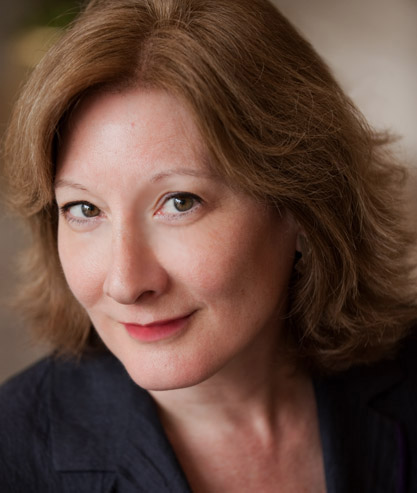You are here: Home > About > People > Carol Strohecker
Carol Strohecker

SEAD Co-PI; formerly Director, Center for Design Innovation, University of North Carolina system; currently Vice Provost, Academic Affairs, Rhode Island School of Design
website 1
website 2
Carol Strohecker is Dean of the University of Minnesota's College of Design as of August 2017.
From 2006 until 2013, she was inaugural Director of the Center for Design Innovation, a multi-campus research center of the University of North Carolina system. Previously she was Principal Investigator of the Everyday Learning research group at Media Lab Europe, the European research partner of the MIT Media Lab. Prior to joining MLE, Strohecker worked in the United States at Mitsubishi Electric Research Laboratories and in the Human Interface Group of Sun Microsystems. She earned the PhD of Media Arts and Sciences from the Massachusetts Institute of Technology in 1991 and the Master of Science in Visual Studies from MIT in 1986. She has served MIT's Program in Media Arts and Sciences as a Lecturer and as a Presidential Nominee on the MIT Corporation Visiting Committee.
Strohecker advised Japan's Advanced Technology Research Consortium in the 1990s and, in the following decade, the European Commission's Directorates-General for Education and Culture and for Information Society and Media. Her collaborative work in interactive media tools and methods has resulted in four US patents. Her awards also include Fellowships with the Artists Foundation of the Massachusetts Council for the Arts and Humanities, the US National Endowment for the Arts, and the Harvard University Graduate School of Design. For more than a decade, Strohecker co-led backpacking trips in national forests and wilderness areas throughout the United States.
Highlighted project
Carol’s work focuses on developing environments in which people can learn through creative processes. She has been inspired by Seymour Papert's formulation of "a new perspective for education research focused on creating the conditions under which intellectual models will take root" (Mindstorms, 1980). Through this approach she generated a series of microworld-style "software construction kits" enabling creative exploration of basic principles of math and physics. Combined with experiences in contributing to the start of three high-tech research labs, this work is now informing the design of an interdisciplinary learning environment called "Cyrkus". The approach merges physical activity, accessible technology and stylized performance, to focus on movements of the body as fuel for understanding an integrated knowledge base that involves writing, history, engineering, design, physics, image-making, music and math. Video, wearable sensors and computer programming tools become media for inquiry and creative self-expression.